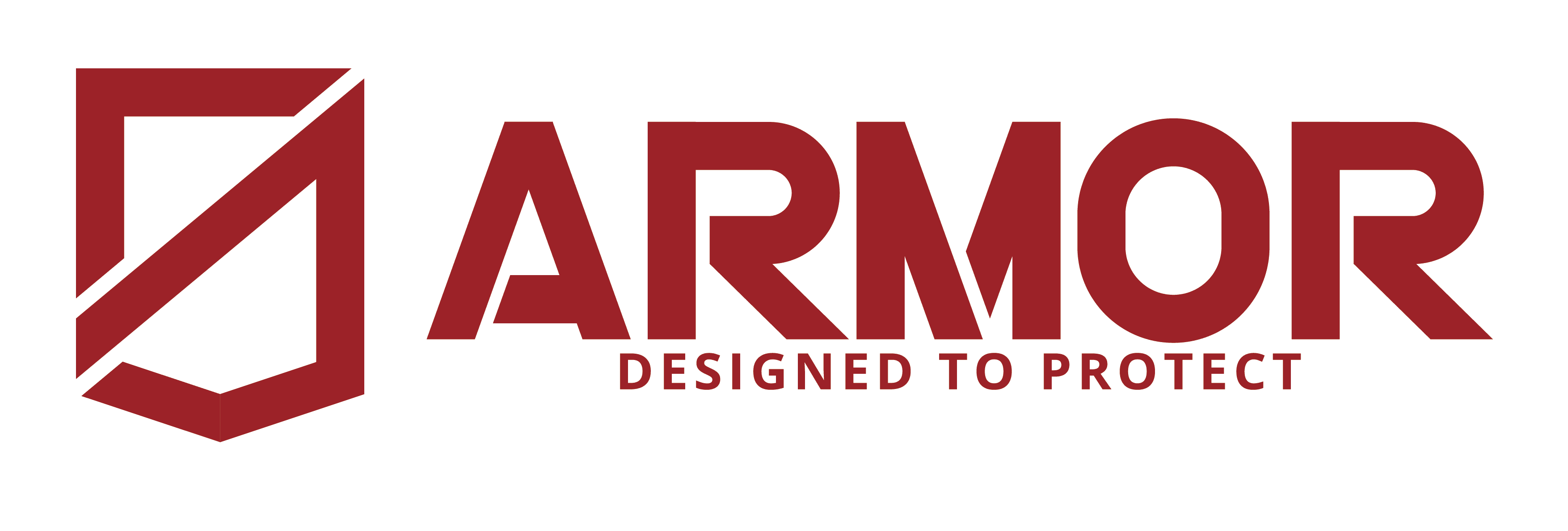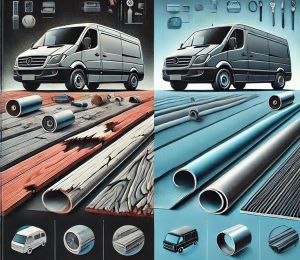Materials Of All Van Lining Are the Same: Debunking the Myth
Materials for all van lining are the same: debunking this myth is crucial for businesses looking to protect their vehicles effectively. While it might seem convenient to assume that any lining material will provide the same level of protection, the truth is far more nuanced. Understanding the differences in materials can lead to better choices that ensure the longevity of your vehicles and the safety of the cargo they carry.
First and foremost, the material composition is a significant differentiator. Common van lining materials include polypropylene, marine-grade plywood, and other composites, each designed for specific applications and environments. Polypropylene, for instance, is lightweight, moisture-resistant, and durable, making it an excellent choice for many commercial applications. It’s easy to clean, which is a major advantage for businesses that transport food or medical supplies. However, while polypropylene is a strong contender, it may not offer the same level of impact resistance as marine-grade plywood, which is designed to withstand heavy loads and harsh conditions.
Marine-grade plywood is specifically engineered to resist moisture and prevent warping, making it ideal for vehicles that operate in wet environments or transport heavy goods. Its structure allows it to absorb shocks better than many plastic options, providing a protective barrier for both the van’s interior and the cargo. This type of plywood is typically more expensive than standard plywood or plastics, but its durability and performance can lead to lower maintenance costs over time, making it a cost-effective solution for businesses with demanding operational needs.
Another important factor to consider is the installation process, which can vary significantly between materials. Some linings, like polypropylene panels, are easier to install and may require less labor, resulting in lower installation costs. In contrast, installing marine-grade plywood might necessitate more time and expertise to ensure a proper fit, which can raise labor costs. However, the investment in quality installation can pay off in the long run, as improper installation can lead to issues like moisture infiltration or panel detachment, undermining the protective qualities of the lining.
The aesthetics of van lining materials are also worth considering. Businesses often seek to maintain a professional appearance, especially if their vans are used for customer-facing operations. While some materials, such as colored or textured polypropylene panels, can enhance a vehicle’s appearance, marine-grade plywood offers a classic and polished look that may better suit certain business styles. Choosing the right material not only serves functional purposes but can also impact a company’s branding and customer perceptions.
Additionally, the environmental impact of van lining materials should not be overlooked. Many businesses today are committed to sustainability and seek eco-friendly options. While some polypropylene products are recyclable, others may not be, depending on their composition. Marine-grade plywood can be sourced from sustainable forests, offering a more environmentally friendly alternative if properly certified. Businesses should consider the life cycle of the materials they choose, including their recyclability and the potential for reducing waste in the long term.
Another aspect to consider is the specific needs of the business and how different materials can address those requirements. For example, companies that transport heavy machinery may need robust linings that can handle substantial weight and potential impacts. On the other hand, businesses focused on transporting delicate items may prioritize moisture resistance and cushioning. By understanding the unique advantages of various materials, businesses can make informed decisions that best meet their operational demands.
In conclusion, the notion that all van lining materials are the same is a myth that can lead to costly mistakes for businesses. Each material offers unique benefits and drawbacks, which can significantly impact the performance, durability, and appearance of the lining. By thoroughly understanding the differences between materials like polypropylene and marine-grade plywood, businesses can select the best van lining solution for their specific needs, ensuring the protection of their vehicles and cargo. Investing in the right materials will not only enhance operational efficiency but also contribute to the long-term success of the business.

